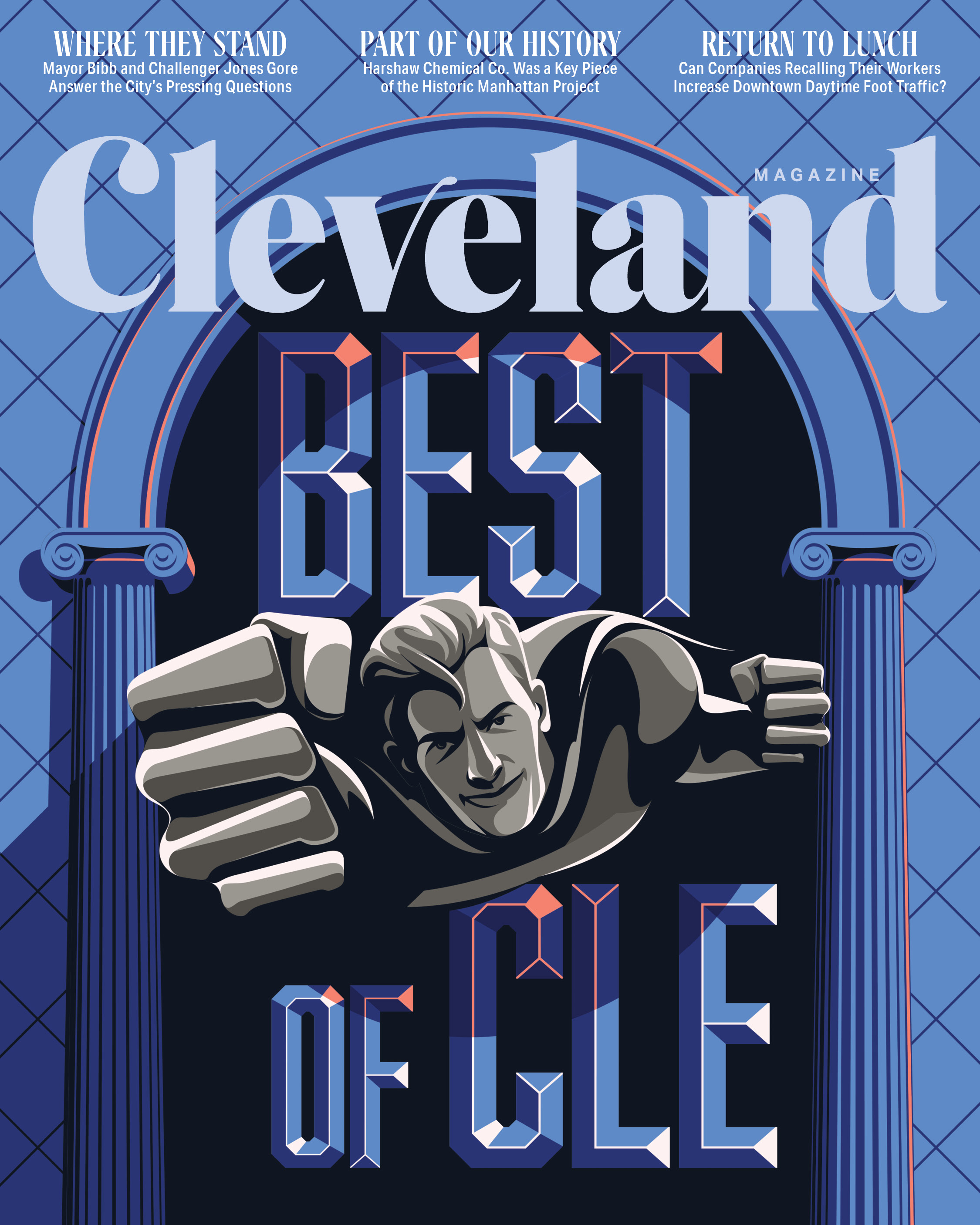Park Shadows
Jun. 23, 2004 | 4:00 AM
Punderson Manor's stately dining room looks out over Ohio's deepest and largest natural lake. The home's interior is dated, but still elegant. Two swimming pools beckon visitors and an 18-hole golf course is a short walk down the road.
Ωince 1948, the state of Ohio has owned Punderson Manor, a mansion built by Detroit industrialist Karl Long in the late 1920s and abandoned when it was nearly complete. The state opened the lodge as a resort in 1956 and added 24 guest rooms six years later. Today, the estate is the centerpiece of a secluded, 500-acre state park.
"It's a unique location," says general manager John Muller. "It's not like the rest of the Ohio State Park lodges because it was originally intended as a home."
And if you believe the stories that have circulated since the '70s, Punderson Manor came with existing tenants. Ghostly sightings and strange sounds have been reported for years, but only in the home's original seven guest rooms and dining area.
"Before I started here I would say I was probably a nonbeliever," Muller says. "Though I haven't experienced anything to convince me fully as of yet, I've met so many people who have experienced stuff."
What "stuff" includes stories of former employees seeing a specter in lumberjack garb hanging from the dining-room ceiling, the sounds of children in empty hallways, doors that won't open, cold spots in rooms and reports of a phantom who "looks like TeTdy Roosevelt" and has sworn to haunt the manor until his rocking chair is returned.
But instead of trying to brush off these haunted tales, the state has embraced them. The home's mention in Chris Woodyard's "Haunted Ohio" book series is proudly displayed in the manor's gift shop. (When Woodyard did a book signing at the manor, Muller says she requested to stay in one of the newer rooms.) The stories also boost business each autumn as curious guests arrive to see the place for themselves.
"Around October, we sometimes find people in places they're not supposed to be in the middle of the night," Muller says. "We get people walking the hallways in their pajamas, taking pictures."
Mentor Marsh
The "Mentor Marsh Murder" grabbed headlines because of its sheer sloppiness. Local author John Stark Bellamy II covered the case in his book, "The Corpse in the Cellar and Further Tales of Cleveland Woe." Early one morning in 1923, Henry Burns walked out of Lake County's "B & O Woods, near the Mentor Marsh, and told two women who crossed his path that he'd had no luck finding chestnuts. His odd behavior prompted the pair to note his license-plate number. Police found his wife's skirt, hat, shoes, glasses, coat and body inside the edge of the woods.
Squire's Castle
Legend has it the abandoned gatekeeper's lodge in the heart of the Cleveland Metroparks' North Chagrin Reservation is haunted by the ghost of Louisa Squire, the wife of the New York architect who built the stone structure in the 1890s. A popular tale has Louisa accidentally hanging herself in the basement stairwell. Ghost stories claim a red lantern can still be seen in the castle's windows at times. But as Woodyard pointed out in "Haunted Ohio III," research shows that Mrs. Squire died in 1927 — two years after the property was sold to the parks system.
Big Creek
The "Big Creek" area of western Cuyahoga County (today home to the Cleveland Metroparks Zoo) was once a remote, wooded area and favorite hiking spot. As Bellamy related in his book "The Maniac in the Bushes," a woman discovered a headless corpse there while walking near the railroad tracks south of Clinton Avenue in the summer of 1936. Authorities noted the decapitation had been performed with surgical efficiency. And although police chalked the death up to the infamous "Torso Killer," none of the other 11 decapitated victims were found in the county's western half.
Trending
-
1
-
2
-
3
-
4
-
5










